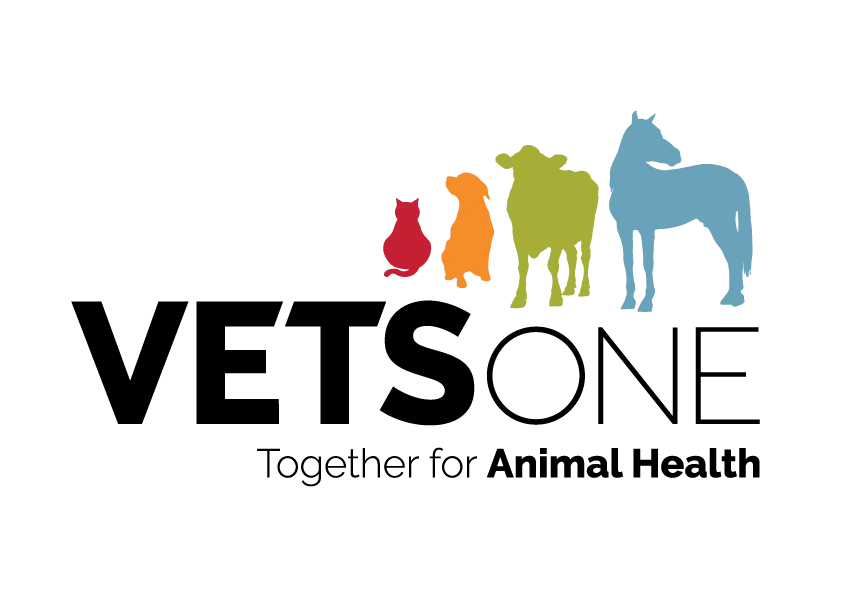An important part of your animal health requirements is providing the optimum level of trace minerals to ensure good animal health and production. Correct supplementation requires a sound diagnosis of both mineral sufficiency and deficiency. If the balance is not correct (either too much or too little) there could be sub optimal performance and ill thrift or on the other hand ineffective or unnecessary use of minerals, both of which affect overall income.
Spring is a good time to be testing both cattle and sheep herds mineral status. Usually we would recommend testing copper, selenium and cobalt status, and sometimes zinc and iodine in dairy herds. Copper storage levels in particular deplete over the winter, due to reduced pasture copper levels and/or increased copper antagonists, reduced intakes and increased copper demand.
Blood testing
This is quick and easy and is generally done from 4 to 15 animals. It is an excellent indicator of both cobalt and selenium status in the animals tested which in turn is a close reflection of farm status. Blood testing for copper has some limitations around predicting future requirements. Blood copper levels only fall after the liver reserves have become exhausted so “normal” blood levels don’t tell you how much copper is “left in the tank”. There-fore, liver copper analysis is a more accurate way to predict future needs.
Liver testing at the works
Liver samples can be collected from animals being slaughtered including cull cows and ewes. A liver sample submission form must accompany the stock truck driver along with Animal Status Declaration forms. The forms can be collected from the clinic prior to animals being sent and a copy returned to us to email off to the slaughter premise prior to the stock leaving the property. Typically, we recommend five samples of each mineral for testing from the line being killed.
Liver testing on farm
This sounds invasive but with adequate facilities is relatively straight forward and only requires a very small incision made in the left flank. This type of testing can be performed if either of the above forms is not going to be indicated due to either testing limitations or stock not being killed.
Upcoming health reminders
Drenching:
- Lambs/ewes and calves use effective combination drenches and strategic drenches when required while maintaining “refugia” within the overall system. Monitor faecal egg counts and seek advice from your vet around appropriate drench choices.
Dipping:
- Lice (May –Sept) shearing removes 90%
- Ticks (August-Dec)
- Fly (Oct – onwards)
Vaccinations:
- Clostridial 5 in 1 (docking, weaning )
- Scabigard (Lambs)
- BVD (cattle pre-mating)
- Pinkeye (young cattle Sept-Nov)
- Lepto (calves 4-10wks of age)
- Salmonella (calves, ewes)
- Toxo & Campy (sheep prior to 1st mating
Minerals
- Copper/Selenium (pre-mating & growth)
- B12/Cobalt (lambs – docking/weaning)
Testing:
- Faecal egg counts (pre/post drench)
- Mineral checks (bloods and livers)
- Bull service test/ram palpation



